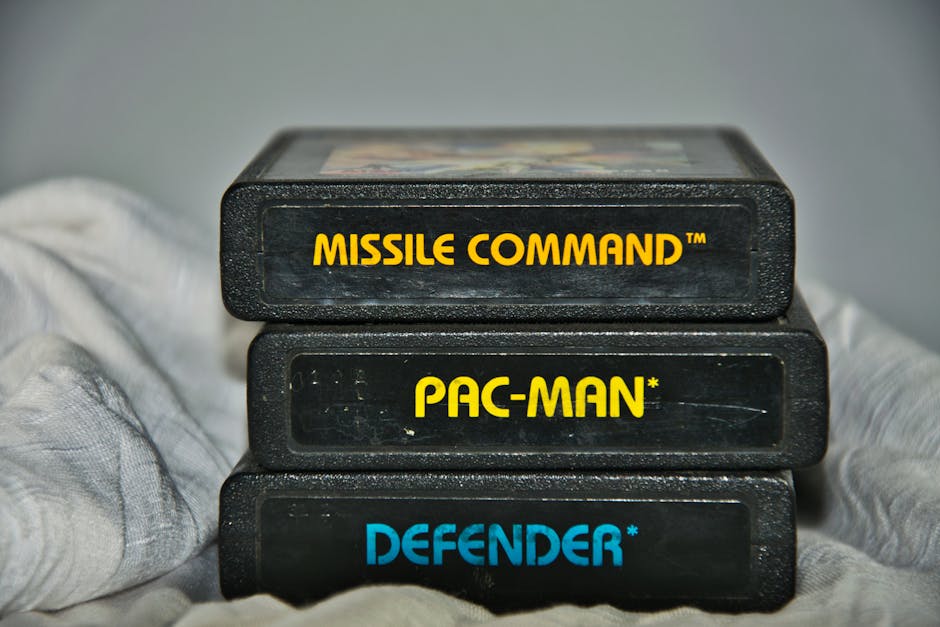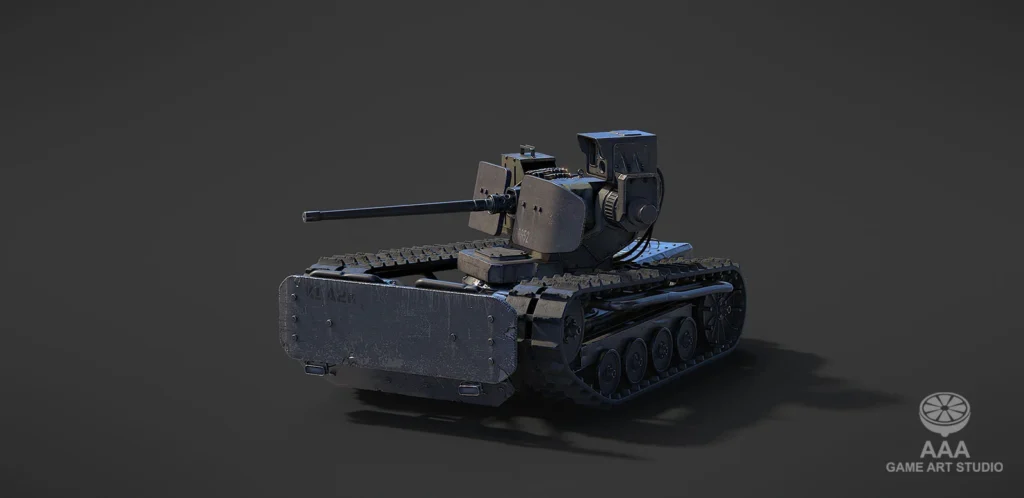As a passionate gamer, I’ve witnessed the evolution of cross-platform play revolutionizing the gaming industry. The ability to connect and compete with players across different gaming systems has opened up a new world of possibilities. In this article, I delve into the pros and cons of this growing trend, exploring how it’s reshaping the gaming landscape.
From breaking down barriers between friends on separate consoles to fostering a more inclusive gaming community, cross-platform play offers a myriad of benefits. However, it also comes with its own set of challenges, such as balancing gameplay for different devices and addressing concerns about fair competition. Join me as we navigate through the exciting realm of cross-platform play, weighing its advantages and drawbacks in the ever-evolving world of gaming.
The Evolution of Gaming Platforms
Gaming platforms have undergone a remarkable evolution, transitioning from console-exclusive titles to the era of cross-platform gameplay. As technology advanced, gaming companies recognized the importance of breaking down barriers between various systems to offer players a more inclusive experience.
From Console-Exclusive to Cross-Platform Games
In the past, games were often tied to specific consoles, limiting players to interact only with those using the same system. However, with the rise of cross-platform play, gamers can now engage seamlessly with friends across different devices. This shift has revolutionized the gaming industry, promoting unity and collaboration among players regardless of their chosen platform.
Key Milestones in Cross-Platform Integration
The journey towards cross-platform integration has seen several significant milestones. One key moment was the introduction of cross-play functionality, allowing gamers on diverse platforms to compete and cooperate in the same game environment. This move not only expanded the player base but also paved the way for more extensive cross-platform opportunities in the future.
Understanding Cross-Platform Play

As I explore the concept of cross-platform play, let’s dive into what it entails and how it operates to connect gamers across various systems seamlessly.
- What Is Cross-Platform Play?
Cross-platform play refers to the ability for gamers using different devices and platforms to play together in the same virtual environment. It allows individuals on consoles, PCs, and mobile devices to engage in multiplayer games without being restricted by their chosen gaming system. This interconnected gameplay ensures a broader player base, enhances social interactions, and breaks down barriers between gaming communities. - How Does Cross-Platform Functionality Work?
Cross-platform functionality operates by creating a unified ecosystem where players can interact regardless of the devices they are using. Game developers design their titles with compatibility features that enable seamless connectivity between platforms. This may involve creating centralized servers, implementing cross-play matchmaking algorithms, and synchronizing game versions across different systems. By bridging the gap between devices, cross-platform functionality fosters a more inclusive gaming experience and expands the reach of multiplayer gaming communities.
Benefits of Cross-Platform Play
Cross-platform play offers numerous advantages that enhance the overall gaming experience for players. From connecting a broader gaming community to providing more engaging multiplayer experiences, this feature has significantly transformed the landscape of modern gaming.
Broader Gaming Community and Accessibility
By enabling cross-platform play, developers have successfully brought together players from various gaming systems into a unified gaming environment. This has led to a more extensive and diverse player base where individuals can connect and compete regardless of the device they use. For example, players on consoles, PCs, and mobile devices can now join forces or challenge each other, creating a more inclusive and vibrant gaming community.
Enhanced Multiplayer Experiences
One of the key benefits of cross-platform play is the enhancement of multiplayer experiences. With the ability to play with friends or strangers across different platforms, gamers can enjoy more diverse and challenging gameplay. This feature promotes social interactions, fosters teamwork, and encourages friendly competition among players, ultimately leading to a more dynamic and interactive gaming experience.
Challenges Associated With Cross-Platform Play
Cross-platform play undoubtedly offers a range of advantages, but it also comes with its fair share of challenges. Let’s delve into some of the key obstacles that developers and players may encounter in the realm of cross-platform gaming.
Technical and Security Concerns
In the dynamic landscape of cross-platform play, ensuring technical compatibility and robust security measures is imperative. One prevalent challenge revolves around maintaining synchronization between different platforms, encompassing variations in hardware capabilities, operating systems, and network infrastructures. Addressing these technical intricacies demands meticulous development and testing to guarantee a smooth gaming experience irrespective of the device used.
Security concerns represent another critical facet in the realm of cross-platform play. With diverse platforms accessing shared servers and data exchanges, safeguarding against potential vulnerabilities, data breaches, and cheating instances becomes paramount. Implementing stringent security protocols, encryption mechanisms, and anti-cheat systems is essential to uphold the integrity and safety of the cross-platform gaming environment.
Fairness in Gameplay Across Different Devices
Ensuring fairness in gameplay across varying devices poses a notable challenge in the realm of cross-platform play. Disparities in input methods, screen sizes, frame rates, and control mechanisms can significantly impact gameplay dynamics and competitive balance. While certain platforms may possess inherent advantages or limitations, maintaining a level playing field for all players remains a primary concern.
Balancing gameplay mechanics to accommodate diverse devices without compromising competitive integrity necessitates thoughtful design choices and continuous adjustments. Implementing adaptive gameplay features, comprehensive player matching algorithms, and skill-based matchmaking systems can mitigate disparities and enhance the overall fairness and competitiveness of cross-platform gaming experiences.
The Future of Cross-Platform Play
Discussing the future of cross-platform play, I anticipate exciting innovations and advancements that will shape the gaming landscape.
Innovations on the Horizon
Looking ahead, I foresee game developers exploring innovative ways to enhance cross-platform play. One potential innovation could involve the integration of artificial intelligence (AI) algorithms to improve cross-play matchmaking, ensuring a balanced and competitive gaming experience across different devices. Additionally, advancements in cloud gaming technology may lead to more seamless cross-platform interactions, allowing players to join games effortlessly without technological barriers.
Predictions for Player Interaction
In terms of player interaction, I predict a surge in cross-platform social features that enable gamers to connect and collaborate in new ways. With the rise of virtual reality (VR) and augmented reality (AR) technologies, players may soon engage in immersive cross-platform experiences, breaking traditional boundaries of gaming interaction. Furthermore, the integration of social media platforms within gaming environments could revolutionize how gamers communicate and share experiences across various devices, fostering a more interconnected gaming community.



